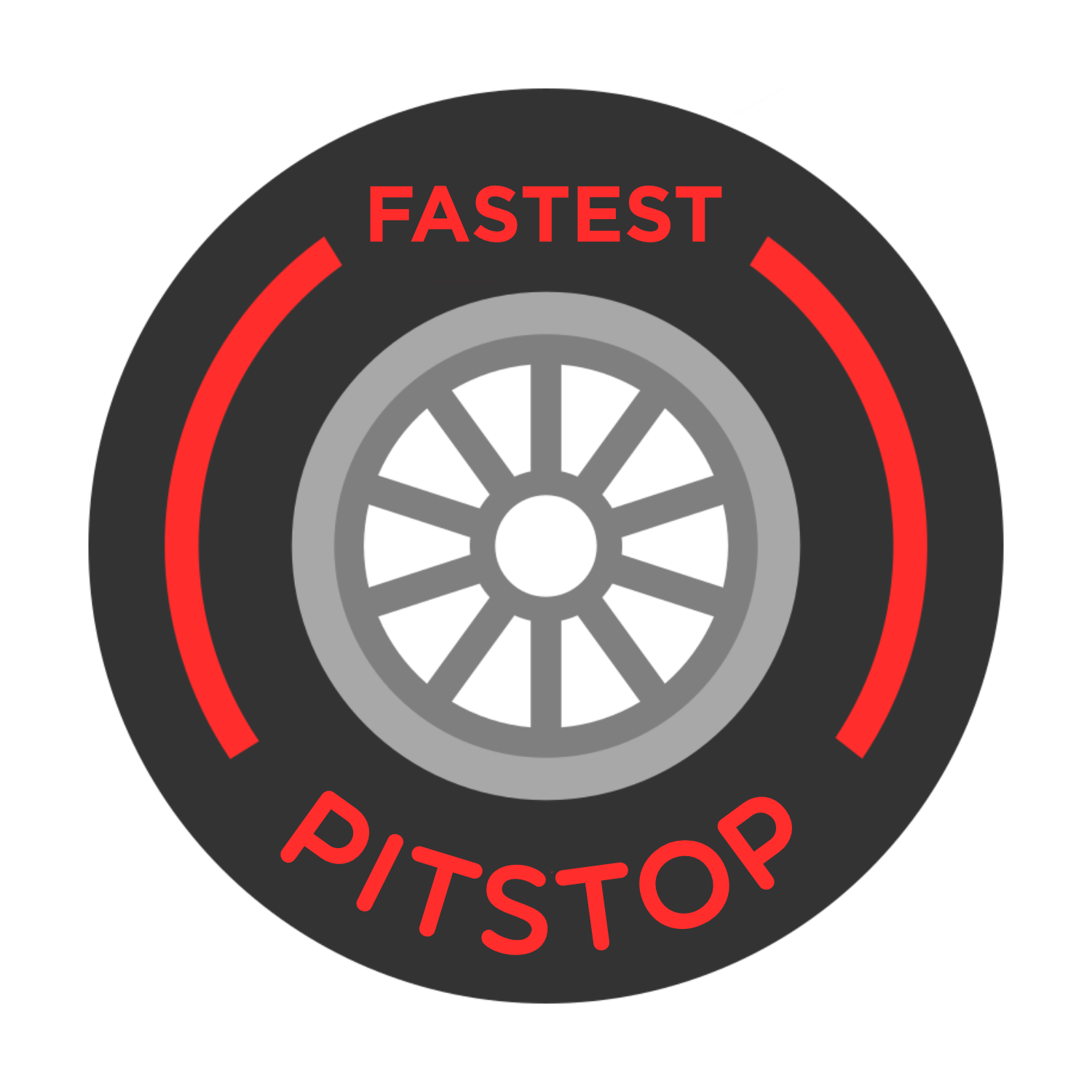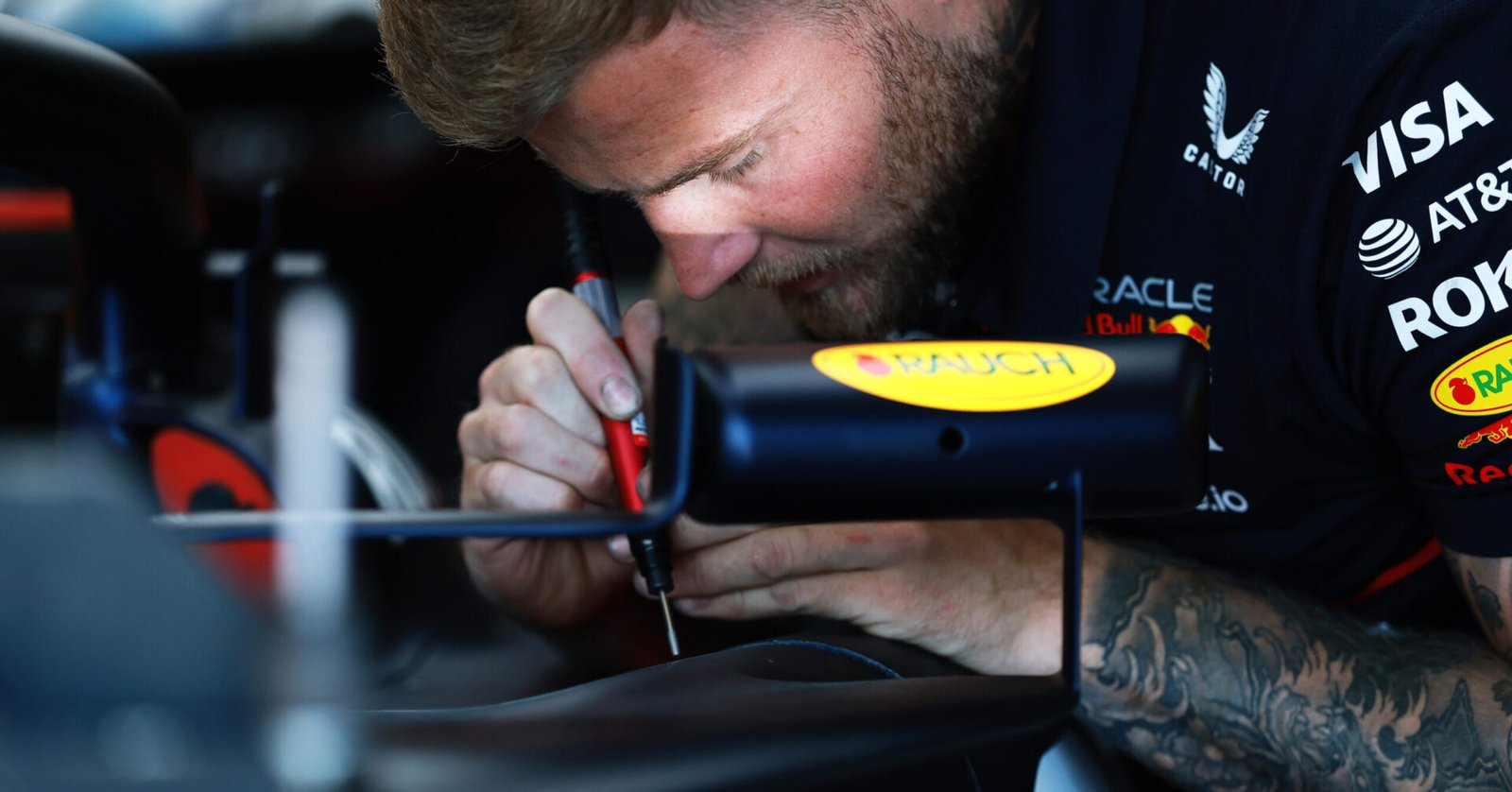Formula 1 is set for a major shake-up in 2026 as the Drag Reduction System (DRS) is being replaced by a revolutionary new concept: manual overboost. This bold change is part of a wider overhaul of F1’s technical and power unit regulations, designed to promote closer racing while reducing reliance on artificial aids.
Why DRS Is Being Dropped
Since its introduction in 2011, DRS has been a polarising tool. While it has helped create dramatic overtakes, critics argue that it has made passing too predictable as drivers simply wait for the DRS zone to breeze past rivals.
The FIA has long sought a more organic solution, and the 2026 regulations present the perfect opportunity for change. These will be centred around lighter, more agile cars with active aerodynamics.
New 2026 cars will feature front and rear wings that adjust automatically based on speed and proximity to other cars. This change aims to reduce dirty air, making it easier to follow rivals closely. However, the real game-changer is the introduction of a driver-controlled energy boost system, replacing DRS with a more strategic overtaking tool.
The 2026 power units will rely more heavily on electrical energy. Drivers will be able to manually deploy an extra burst of power for overtaking. This is similar to the ‘push to pass’ systems that are already in use in Formula E and IndyCar.
How the New System Will Work
The new overboost system will differ significantly from DRS in several key ways. Unlike DRS, only available in designated zones, the overboost function will be a finite resource per lap. This will require drivers to carefully strategise when to deploy it for maximum effect. However, in order to use it, the car will need to be within a second of the competitor ahead.
This system will tap into the car’s upgraded hybrid power, which recovers energy under braking and delivers extra electric power. This aligns with F1’s focus on stronger hybrid performance.
Additionally, with no more DRS zones, overtaking will no longer rely on rear wing flaps opening on straights. Instead, it will come down to a combination of driver skill and intelligent energy management.
⚠️ | The FIA wants to reportedly introduce changes to complicate overtaking with DRS in 2026.
Nicholas Tombazis (FIA): “What we don’t want is cars just passing each other on the straight. We want the cars to get close to each other at the braking point and for there to be a… pic.twitter.com/FQ8c4z0RTL
— Fastest Pitstop (@FastestPitStop) December 13, 2023
The goal is to create more exciting, unpredictable battles while reducing the ‘DRS train’ effect. By shifting the focus to energy deployment, drivers will need to balance aggression with efficiency, hopefully adding a fresh tactical layer.
However, some fear that without DRS, overtaking could become more difficult. This would certainly be the case if the aerodynamics don’t deliver as promised. The success of this new system will hinge on how well the 2026 cars can follow each other through corners, a longstanding problem for Formula 1.
The removal of DRS marks the end of an era for Formula 1. Engineers believe that manual overboost will lead to more naturally engaging racing. If this works as expected, we could see a return to the type of wheel-to-wheel duels that defined past generations of Formula 1.
These 2026 regulations represent a bold step forward for Formula 1, trading the artificiality of DRS for a more nuanced and skill-based approach to overtaking. By putting control back in the divers’ hands, the sport hopes to recapture the pure racing essence that fans have long craved.












